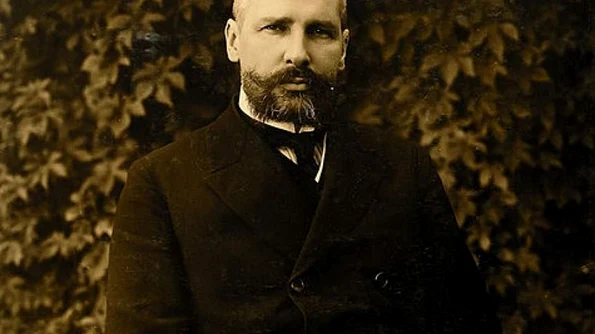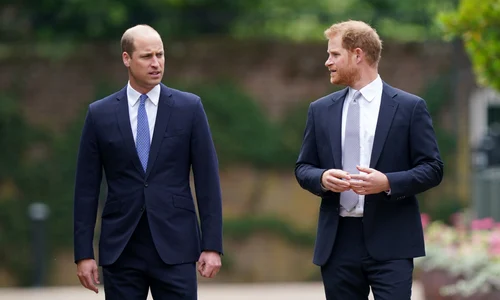
The assassination of Stolypin, the man who could have saved Russia from bolshevism
On September 14th2012, Russia commemorated 101 years since the assassination of Pyotr Stolypin, prime-minister of the Russian Empire and, according to historians, Russia’s last great statesman.
Stolypin was shot during events organized on September 14th1911, events celebrating five decades since the emancipation of serfs. A monument dedicated to Tsar Alexander II was to be unveiled in Kiev, and the city Opera was hosting a show that the Tsar and his prime-minister were supposed to attend.
The authorities had received information from a man named Dmitri Bogrov, an old informant of the Ohrana, the Russian secret police, that there was an assassination plan targeting Stolypin. Because of Bogrov’s information, the police decided to take extra strict security measures to protect the prime-minister during his stay in Kiev.
The night of the opera show, this Bogrov was allowed access in the building despite the fact he was a carrying a revolver. And it turned out the plan he had talked about was indeed true, but that he was the assassin! He shot Stolypin twice, in the arm and in the chest, and the prime-minister, who had refused to wear a bulletproof vest, was seriously injured. Right after being shot, Stolypin declared he was happy to die for the Tsar. He was then rushed to hospital, where he died four days later. On September 24th, Dmitri Bogrov was hanged and the investigation surrounding Stolypin’s death was stopped on direct orders from the Tsar, for reasons unknown.
There have been many questions regarding Stolypin’s assassination, due to facts that suggest the prime-minister wasn’t properly protected and that the police might have been involved in Bogrov’s plot. Because of the Tsar’s visit to Kiev, accompanied by the prime-minister and other important people in the government, the city’s police instated strict security measures. Even the best dressed people were stopped on the street and checked;all the houses located on the official route were thoroughly checked, and the Opera was very well guarded on the night of the show. But despite the fact that the police had received information regarding a possible assassination attempt targeting Stolypin, no police officer or agent stood by his side in the lodge. Maybe they thought the security measures would be enough, together with a thorough check of people and entering the building. But then how did Bogrov manage to enter the Opera wearing a revolver? This is why some people consider that the Tsar’s close entourage conspired, in collaboration with the police, to have Stolypin removed from power.
Russia’s lost chance
Stolypin became prime-minister in 1906 and, from the head of the government, he tried to transform Russia’s peasantry into a prosperous social class of small independent farmers. His policies were meant to consolidate the small peasants’ properties and to free the Russian peasants from the constraints imposed by the village communities (mir/obșina). However, his administration was also marked by an aggresive repression of the opposition. Stolypin’s methods were highly criticized both by the population and the Duma (Russian parliament) and very few Russian peasants actually benefited from his reforms.
Today, specialists still have different opinions on Stolypin’s politics and reforms. Some consider he wasn’t realistic enough and that he adopted reforms that would’ve never changed Russia. Other look at Stolypin’s political activity and see in him Russia’s lost chance. He is seen by many as the last person who could have saved, through his vision and reforms, the Russian Empire from the revolutionary movements.
Stolypin’s aggressive attitude towards the opposition has been explained and accepted as necessary because of the violence and anarchy that had taken over the Empire after the 1905 Revolution. As for his reforms, some historians still consider them to be the result of an ample and ambitious political vision of changing and modernizing the Empire, while others doubt their efficacy. These historians think it would’ve been extremely hard, maybe even impossible, to transform the Russian peasantry in such a short period of time, because of the Russian traditional conservatism. On the other hand, economic data show that Stolypin was right to argue that Russia’s development could count on the small number of strong farmer-peasants;fiscal data on the taxes gathered in the years before Stolypin’s death show that these peasants had started paying higher taxes, meaning that their profits had increased.
Even so, we have no way of determining the possible results of Stolypin’s reforms if he hadn’t been killed or if the war hadn’t started three years later. This is why Stolypin is still remembered and celebrated as Russia’s lost chance. In 2008, in a poll for choosing Russia’s greatest man, Stolypin placed second, after the Alexander Nevsky. In the same poll, Stalin placed third.
















